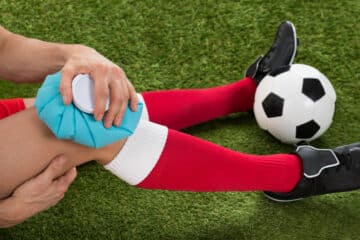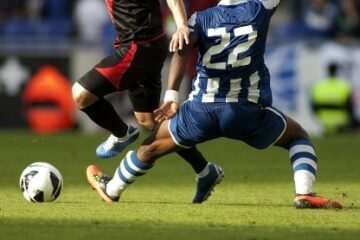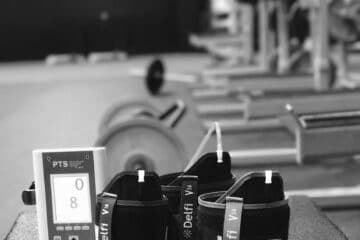
After you have recovered from the initial pain of your ACL surgery, you will start to wonder what activities are acceptable to perform after ACL surgery, and what activities you might need to avoid to protect your new ACL.
Most people who pursue an ACL reconstruction were very active prior to the injury. Your new ACL graft is held quite tightly in place after the surgery, therefore certain activities are allowed at the onset immediately following surgery. Yet, certain activities need to be avoided in order to minimize the risk of injury following your ACL surgery.
When you are walking straight ahead on flat level ground, the ACL is not under significant stress. The stress on the ACL increases with activities such as turning, pivoting, and twisting. Furthermore stress increases in the ACL with certain lateral movements as well.
In the initial phase of the recovery, that being the first 6 weeks, your primary goal is to regain your range of motion as well as your quadriceps strength. The amount of atrophy that occurs in the quadriceps muscle is startling to many. It will take many months to regain your strength and upwards of 8 months to regain the bulk of the quadriceps. During this phase of the recovery, isometric exercises and getting onto a bicycle will assist in stretching your knee and starting the strengthening process. Starting certain activities such as changing directions and twisting is risky until your quadriceps strength has returned.
When your knee motion and strength have returned in the early phases of recovery you should be walking, you may be on a bicycle, and many surgeons allow you to start jogging.
Any and all sports related activities that involve changing direction, turning, pivoting, or twisting needs to be delayed for a minimum of 3 months in order to allow the graft to heal and to allow enough time for muscle recovery to enable and support these activities — many of you will need to wait much longer.
If you underwent a meniscal repair at the time of your ACL surgery then your recovery and the activities that your are allowed to pursue might be a little different. In those instances we are seeking to protect the meniscal repair.
Despite well-known authoritative recovery protocols such as a MOON protocol, many surgeons still utilize their own protocols. You must make sure that you review any and all potential changes to your activity level with your physical therapist, athletic trainer and surgeon and obtain clearance from your support team before proceeding with any new activities in order to minimize the risk of reinjury.
Do you have questions regarding an Orthopedic injury or longevity?
Do you want to talk to an expert who can listen to you for 45-60 minutes and explain the options in detail?
Dr. Howard Luks offers remote guidance sessions to review your X-ray or MRI images and explain your options.
Dr. Luks has also received hundreds of requests for educational sessions on the topics discussed in his book, Longevity Simplified.
The recovery from ACL surgery is far more of a marathon than a sprint. Don’t push it too hard. In some respects we are dealing with the biology of healing. That is derived from your own DNA. You actually do not heal faster than others. This will be an 8-12 month process for most of you. But the earlier you’re able to begin aerobic training the quicker your overall aerobic capacity will recover for when you’re given clearance to eventually return to sports.













Richard
Thanks for this writeup. It was very informative. When is an autograft in its weakest stage during healing after ACL surgery? I’ve heard different timelines ranging from 6 weeks to 3 months. Is this weakest stage timeline different for allografts?
both become weaker for many months before they start to revascularize. Most ACLs continue the process of healing for more than a year as the tissue is replaced and grows in new blood vessels.